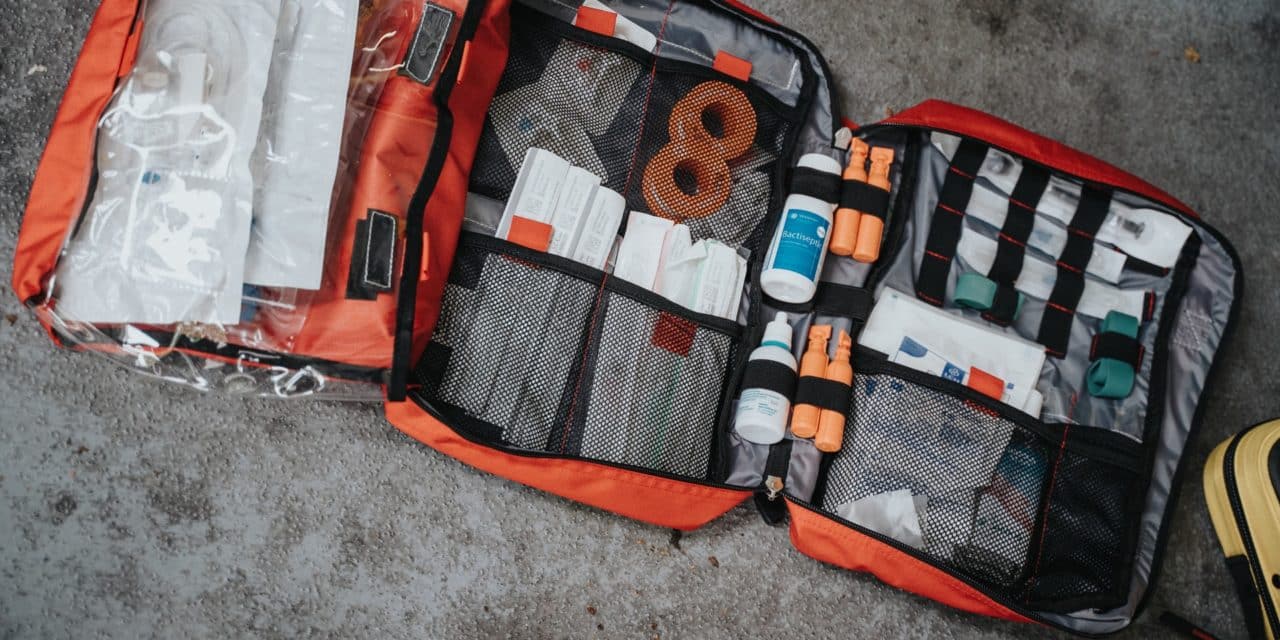[ad_1]
We'll use the term “preparation areas” to refer to food planning. After all, a lot more activities than cooking are crammed into most kitchens. Right here are some of the major work sections you may find.
Fabrication:
The fabrication area is wherever raw (or processed) foods begin their journey to their final destination: the guest's plate. Sometimes referred to as pre-prep, it is here that we break down prime cuts of beef, clean and fillet fish, cut up chickens, open crates of fresh produce, and decide what gets stored and what gets sent on to the other parts of the preparation region. In planning for each region, begin with a flowchart to determine which functions should be included.
If the restaurant plans to handle its own meat-cutting duties (and numerous do to save money), you'll require room for a sink, a heavy cutting board, portion scales, meat saws, grinders, and slicers. Some of these items can be placed on mobile carts and shared with other places of the kitchen.
Preparation:
Within the preparation region, foods are sorted further into individual or batch servings. The loin we trimmed in the fabrication area is cut into steaks, lettuce and tomatoes are diced for salad assembly, shrimp is battered or peeled. Ingredients are also mixed: meat loaves, salad dressings, casseroles. Salad and vegetable prep areas are found in nearly every foodservice setting. They are busy places, and their focus should be on efficiency. When designing the layout, remember the require for worktables, compartment sinks, refrigerators, and mechanical equipment. Order some worktables with food and condiment wells that are cooled from beneath with ice, allowing simple accessibility. A prep area with unique requirements is the garde manger, a term that encompasses both food planning and decoration
or garnish.
The garde manger region is the source of cold meals: chilled appetizers, hors d'oeuvres, salads, patés, sandwiches, and so on. Obviously, refrigeration is of paramount significance here, as are knife storage and room for hand-held and small appliances: ricers, salad spinners, graters, portable mixers, blenders, juicers. Colorcoded bowls, cutting boards, knives, scrub brushes, and even kitchen towels all assist to avoid cross-contamination among various kinds of raw foods.
Manufacturing:
Yes, it's finally time to do some cooking, within the production area. This region is divided into hot-food planning, usually recognized as the hot line, and cold-food preparation, known as the pantry. Manufacturing
may be the heart from the kitchen area, and all the other places are meant to support it.
Holding:
As its name suggests, the holding region may be the one in which either hot or cold foods are held until they're needed. The holding area takes on various degrees of importance in various types of foodservice operations. Basically, the larger the quantity of meals produced, the a lot more critical the need for holding room. For banquet service and in cafeterias and hospitals, food should be prepared well in advance and stored at proper temperatures. In fast-food restaurants, the require isn't as excellent but it still exists.
Assembly:
The final activity of the preparation area is assembly of each item in an order. At a fastfood place, the worktable is where hamburgers are dressed and wrapped and fries are bagged. At an à la carte restaurant, it may be the cook's side of the pass window, where steak and baked potato are put on the same plate and garnished. Again, in large-scale foodservice operations, grand-scale assembly takes up a lot more room.
The menu and type of cooking you do will figure out the makeup of your manufacturing region. Will you need a fabrication region at all, if yours is a fast-food franchise that uses mostly prepackaged convenience meals?
Conversely, cooking “from scratch” will most likely require a lot of room for preparation, baking, and storage. Batch cooking, or preparing several servings at a time, will also affect your space allocation. Finally, the number of meals served in a given time period should be a factor in planning your room. Your kitchen area must be able to operate at peak capacity with plenty of room for everyone to perform efficiently. For a hotel with banquet facilities and for an intimate 75-seat bistro, this means very different things.
[ad_2]
Source by Franco Zinzi




